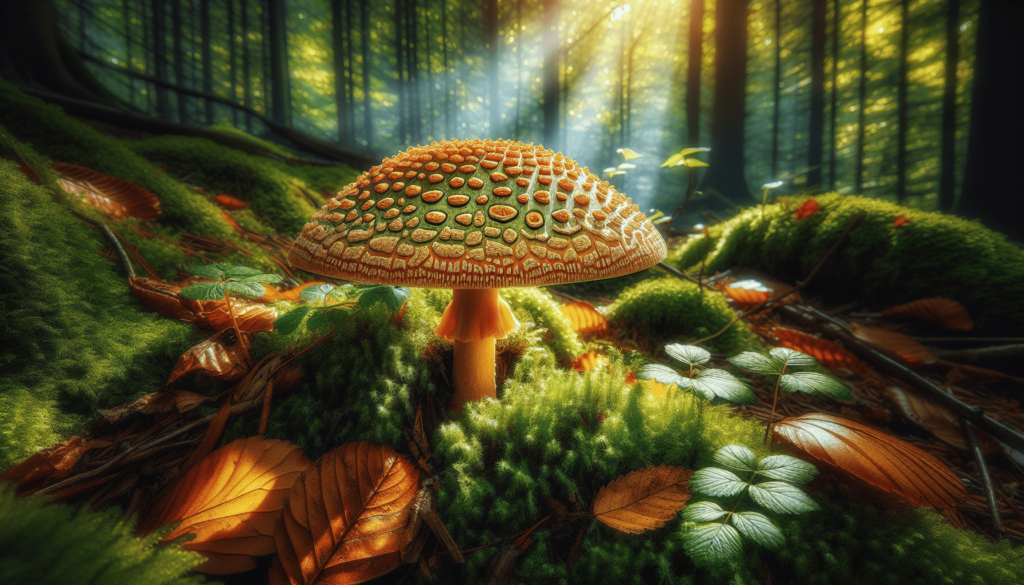Are you curious about the fascinating world of mushroom hunting and eager to get started on your own foraging adventures? In “How Do You Become A Mushroom Hunter?”, you’ll uncover the essential steps and insider tips to become a skilled mushroom forager. From understanding the different types of mushrooms to knowing the best times and places to hunt, this guide provides everything you need to safely and successfully gather these forest treasures. You’ll learn how to equip yourself properly, identify various species accurately, and adhere to sustainable foraging practices that respect nature and ensure a bountiful harvest for years to come. Dive in and discover how you can transform a walk in the woods into a thrilling and rewarding pursuit. Have you ever wondered how to become a mushroom hunter? Maybe you’ve seen those gorgeous, wild mushrooms popping up on your Instagram feed, or perhaps you’ve been fascinated by the idea of foraging your own food. Whatever your reason, mushroom hunting can be both a rewarding and invigorating hobby. Confused about where to start? Don’t worry—this guide will take you through everything you need to know to become a proficient mushroom hunter.
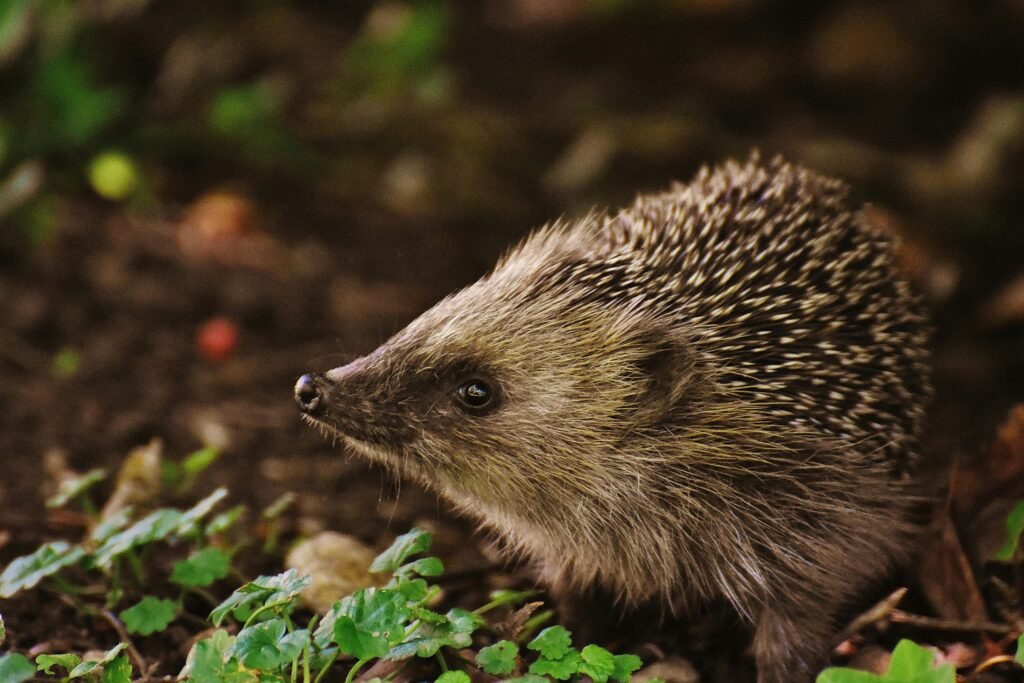
Understanding Mushroom Hunting
Before diving into the nuances of mushroom hunting, it’s essential to understand what it entails. Mushroom hunting is the act of foraging wild mushrooms for various purposes, including culinary, medical, or even for just pure fascination. But don’t be fooled by its apparent simplicity; mushroom hunting requires a keen eye, a good bit of knowledge, and a lot of patience.
Why Mushroom Hunting?
You might be wondering why people go mushroom hunting when they could easily buy mushrooms at the grocery store. Well, for one, wild mushrooms often have unique flavors and textures that you can’t find in cultivated varieties. Plus, foraging gets you out into nature, providing excellent physical exercise and mental relief.
What Do You Need to Start?
Getting started with mushroom hunting doesn’t necessitate a massive investment, but there are a few essentials you’ll need:
Equipment
| Item | Description |
|---|---|
| Field Guide | A comprehensive book to identify different types of mushrooms. |
| Basket or Mesh Bag | For collecting your finds without damaging them. |
| Knife | For cleanly cutting mushrooms from their bases. |
| GPS or Smartphone | To ensure you don’t get lost in the woods. |
| Clothing | Preferably old clothes and sturdy boots for rough terrain. |
Knowledge
You’ll need a good foundation of knowledge about different mushroom species, their habitats, and their seasons. Misidentifying a mushroom can be dangerous, or even fatal, so having reliable information is crucial.
Gaining The Knowledge
Learning to identify mushrooms is the most critical aspect of mushroom hunting. This involves not just recognizing mushrooms but understanding their ecosystems.
Books and Field Guides
Books are arguably the most reliable sources of information. Field guides often split mushrooms into categories based on characteristics such as shape, color, and habitat. Some recommended field guides include:
- “Mushrooms Demystified” by David Arora
- “National Audubon Society Field Guide to North American Mushrooms”
- “The Complete Mushroom Hunter” by Gary Lincoff
Online Resources
Several websites provide comprehensive guides and forums for mushroom hunters. Websites like MushroomExpert.com and Mykoweb.com offer detailed images and descriptions that can help you in the identification process.
Joining a Mushroom Hunting Club
Joining a club can offer hands-on experience that books and websites simply can’t. Clubs often organize foraging trips and workshops that are perfect for beginners. Moreover, you’ll meet seasoned hunters who can share invaluable tips and tricks.
Knowing Your Mushrooms
Identifying mushrooms is the cornerstone of foraging. Here’s a brief overview of categories and what to look for.
Edible Mushrooms
Morels
These are highly sought after for their unique flavor. They have a honeycomb appearance and are usually found in spring.
Chanterelles
These mushrooms are easily recognizable due to their yellow-orange color and trumpet shape. They’re commonly found in forests during the late summer and fall.
Porcini
Porcinis are favored for their rich flavor and meaty texture. You’ll often find them under hardwood trees in the fall.
Medicinal Mushrooms
Reishi
Known for its immune-boosting properties, Reishi has a distinctive fan shape and reddish-brown color.
Turkey Tail
These are characterized by their colorful, turkey tail-like appearance and are commonly used in herbal teas.
Poisonous Mushrooms
Some mushrooms can be deadly. Therefore, avoiding these is crucial.
Amanita Phalloides (Death Cap)
One of the most dangerous mushrooms, it can easily be mistaken for edible varieties. This mushroom usually has a green or yellowish cap.
Amanita Muscaria (Fly Agaric)
Recognizable by its bright red cap speckled with white. While not as deadly as the Death Cap, it can still cause severe symptoms.
Where to Hunt
Knowing where to hunt is half the battle.
Habitat
Different mushrooms grow in different habitats. Morels, for example, love wooded areas with plenty of moisture, while Psilocybin mushrooms prefer grassy fields.
Seasons
Mushrooms are seasonal. Generally, spring and fall are the best times for mushroom hunting due to the optimal levels of moisture and temperature. Here’s a quick seasonal guide:
| Season | Type of Mushrooms |
|---|---|
| Spring | Morels, Oysters |
| Summer | Chanterelles, Chicken of the Woods |
| Fall | Porcini, Maitake |
| Winter | Velvet Foot, Winter Chanterelle |
Permissions and Ethics
Before you head out, make sure you have permission to forage on the land. Many public lands require permits, and it’s essential to respect private property. Also, be mindful of sustainable practices; never over-harvest from one area and always leave some mushrooms behind to ensure future growth.
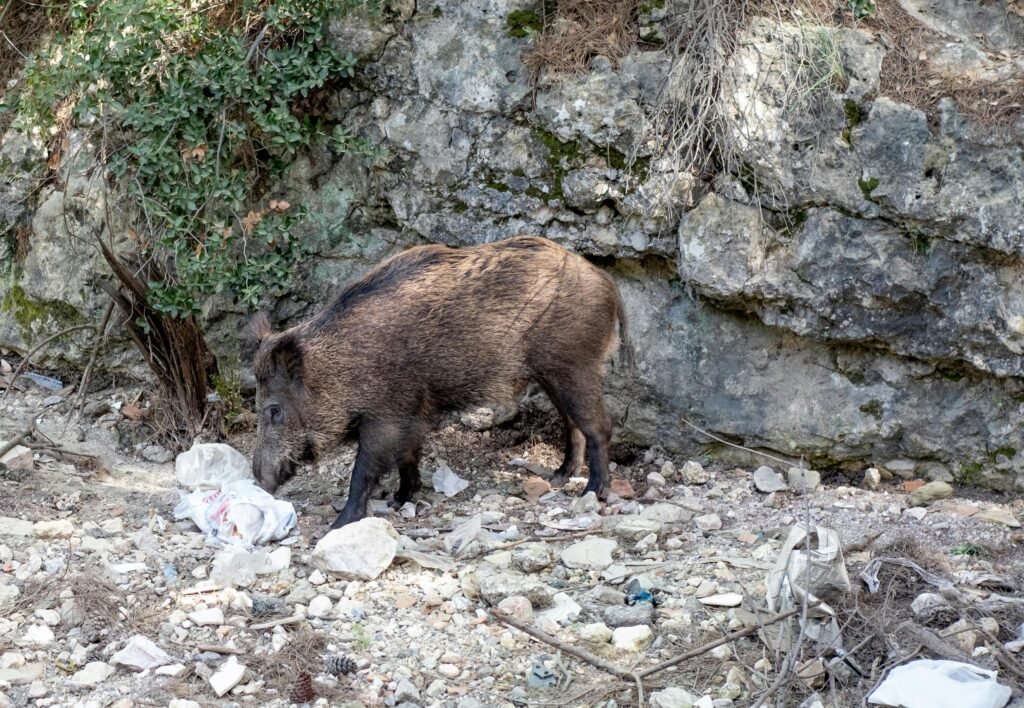
Conducting Your Hunt
Now that you’ve got the basics, it’s time to get into the nitty-gritty of hunting.
Preparation
Plan your hunt in advance. Check the weather since wet conditions are ideal for mushroom growth. Ensure you have all your gear, including maps and possibly a first aid kit.
Identifying Mushrooms
When you come across a mushroom, compare it closely with your field guide. Look at key features such as cap shape, gill structure, and habitat. If you’re not 100% sure about its identity, do not consume it.
Harvesting Techniques
Use a knife to cut the mushroom at its base, avoiding disturbing the mycelium (the mushroom’s root system). This promotes regrowth. Place the harvested mushrooms in your basket or mesh bag.
Safety Protocols
- Always forage with a buddy.
- Have your cellphone with a GPS app.
- Carry a basic first aid kit.
- Let someone know your foraging location and expected return time.
Post-Hunt Processing
After the hunt, you will need to properly handle and store your bounty.
Cleaning
Use a brush to remove any dirt or debris. Avoid washing mushrooms under water as they can become soggy.
Storage
Store your mushrooms in a paper bag in the refrigerator if you plan to use them soon. For long-term storage, consider drying or freezing them.
Cooking
Different mushrooms require different cooking techniques. Morels, for example, need to be cooked thoroughly to neutralize toxins. A quick sauté with garlic and butter often works wonders for most edible varieties.
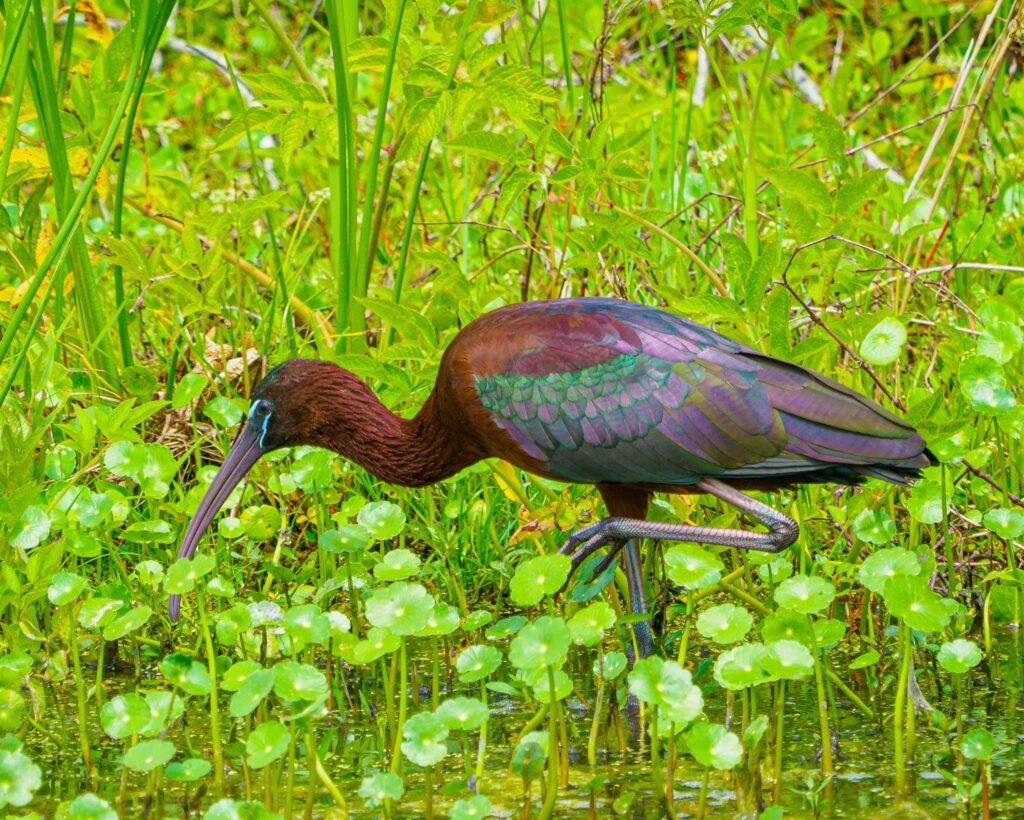
Legal Aspects
Familiarize yourself with the local laws regarding mushroom hunting. Some places have restrictions on foraging, while others might require permits. Ignoring these rules could result in fines or worse.
Permits
Check with local authorities to see if you need a permit for mushroom hunting. National parks, state lands, and other public domains often have different regulations.
Selling Your Finds
If you plan to sell foraged mushrooms, be aware that many places require you to be a certified mushroom forager. Certification processes usually involve an exam and sometimes field tests.
Advanced Techniques
Once you’re comfortable with the basics, you might want to explore more advanced techniques like spore printing or even growing your own mushrooms.
Spore Printing
This involves placing a mushroom cap gill-side down on a piece of paper and covering it for a few hours. The spores that fall from the cap can help you identify the mushroom more accurately.
Cultivating Mushrooms
Growing your own mushrooms can be a rewarding endeavor. Using spore prints, you can cultivate mushrooms at home, which can also help you better understand their life cycles.
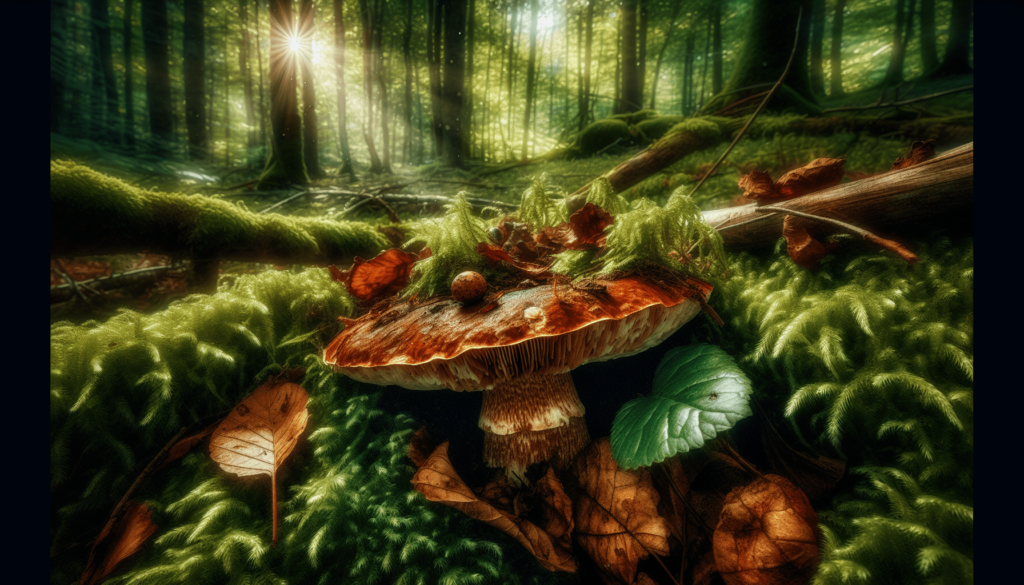
Resources
Here are some additional resources to further enhance your mushroom hunting skills:
- Podcasts: “The Mushroom Hour” and “Mushroom Revival Podcast”
- YouTube Channels: “Learn Your Land” and “Mossy Creek Mushrooms”
- Workshops: Many botanical gardens and outdoor education organizations offer workshops on mushroom identification and foraging.
Conclusion
Becoming a successful mushroom hunter takes time, patience, and a lot of practice. By equipping yourself with the right knowledge and tools, you can embark on this fascinating journey with confidence. Whether you’re after the unique flavors of wild mushrooms or the thrill of the hunt, mushroom hunting can provide endless enjoyment and discovery. So grab your field guide, get out there, and start exploring the captivating world of fungi!
